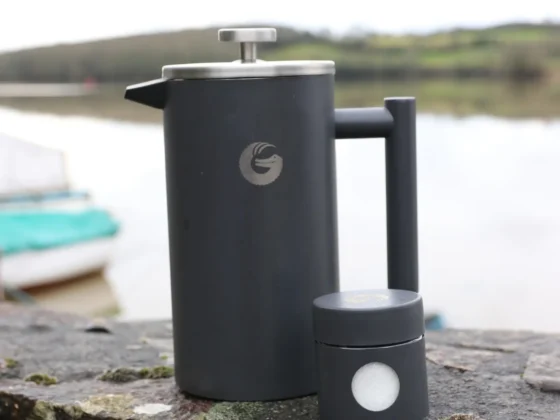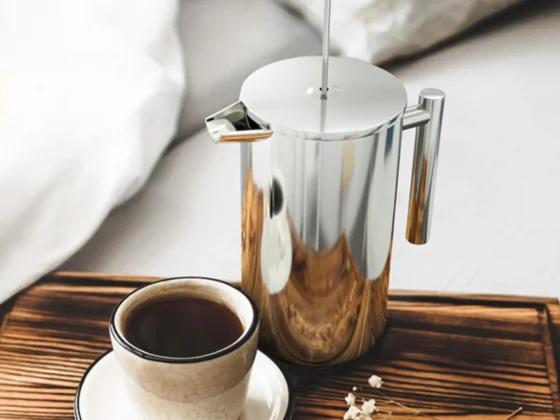Welcome to the captivating world of demitasse cups. These miniature vessels, where coffee meets elegance in a delicate dance of aroma and flavor, are a wonder to behold. As you embark on this journey with us, you might find yourself pondering the question, “what is a demitasse cup?”
Fear not, for we shall unravel this mystery and much more. Demitasse cups, also known as espresso cups, are designed to hold a single shot of espresso or Turkish coffee. These charming cups not only enhance the coffee-drinking experience but also serve as a testament to the rich history and culture surrounding coffee consumption.
But the story of these distinctive cups is far from ordinary. It is a tale of evolution, of the impact these vessels have had on global coffee culture. And we, dear reader, will be your guide on this fascinating journey of discovery.
We shall explore the origins of demitasse cups, tracing their evolution through the centuries, and examining the different types available today. We shall also delve into the art of choosing the perfect cup for you, and impart tips on how to use and care for these treasures.
So, we implore you to sit back, relax, and allow us to transport you into the world of miniature coffee elegance, where every sip is an indulgence and every demitasse cup a work of art.
Demitasse Cups: Key Takeaway
- Demitasse cups, or espresso cups, are small cups designed for serving espresso, or Turkish coffee, originating in 18th-century France.
- The history of these cups involves their French origin, European popularity, and evolving designs and materials.
- These cups come in various materials, including ceramic, porcelain, glass, and metal, each offering unique characteristics and aesthetics.
- When choosing a demitasse cup, consider quality, size, shape, style, serving techniques, pairing with accessories, and etiquette.
- Caring for and collecting these cups involves proper cleaning, maintenance, and seeking out renowned brands and designers.
The Fascinating History of Demitasse Cups
Demitasse cups have a captivating history that is deeply intertwined with the evolution of coffee culture around the world. From their birth in France to their widespread use today, these tiny cups have played an essential role in the way people enjoy their coffee. Let’s take a closer look at the journey of these wonderful cups through time.
The Birth of Demitasse Cups in France
The story of demitasse cups begins in the early 18th century in France. The term “demitasse” is derived from the French words “demi” (half) and “tasse” (cup), signifying its smaller size in comparison to standard coffee cups. These diminutive cups were designed to serve espresso or strong coffee, often accompanying a dessert course during formal dinners. (1)

The invention of the espresso machine in the early 19th century solidified the popularity of these cups, as the rich and aromatic coffee produced by this new method was best enjoyed in small quantities. The French aristocracy and bourgeoisie quickly embraced these tiny cups, and they soon became a symbol of sophistication and refinement.
The Spread of Demitasse Cup Culture
As coffee culture continued to flourish, the use of these cups spread beyond France to other European countries, particularly Italy, where espresso had become a staple beverage. The cups were also adopted by the Ottoman Empire, where they were used to serve Turkish coffee, another strong and concentrated brew.
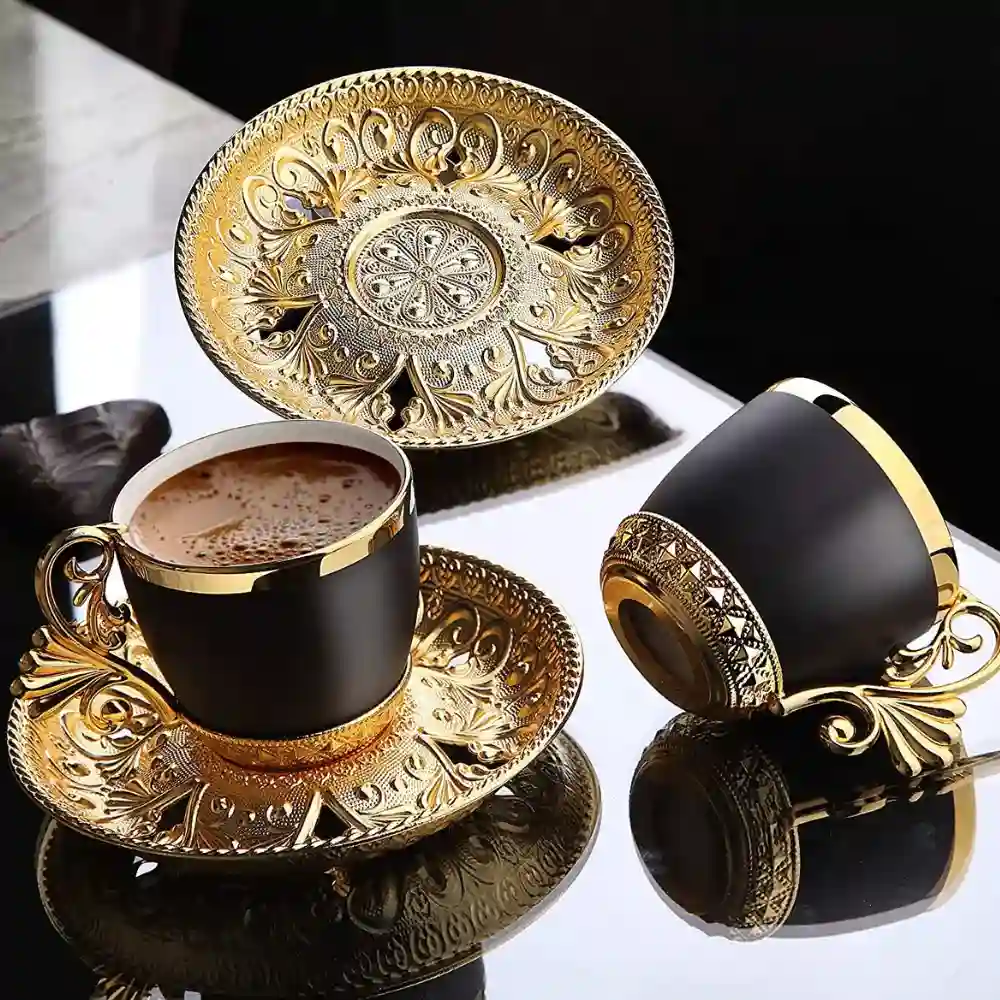
The popularity of demitasse cups grew even further during the mid-20th century as international trade and tourism increased. People from all walks of life began to appreciate the art of coffee making, and the cup became an essential component of the coffee experience. Today, these cups can be found in cafés, homes, and restaurants across the globe, signifying the universal love for coffee and its rich history.
The Evolution of Demitasse Cup Design
Throughout their history, demitasse cups have undergone various transformations in terms of design, material, and style. Initially crafted from porcelain, these cups showcased the intricate artwork and craftsmanship of the era. As their popularity grew, manufacturers began experimenting with different materials such as glass and metal, each with its unique aesthetic and appeal.
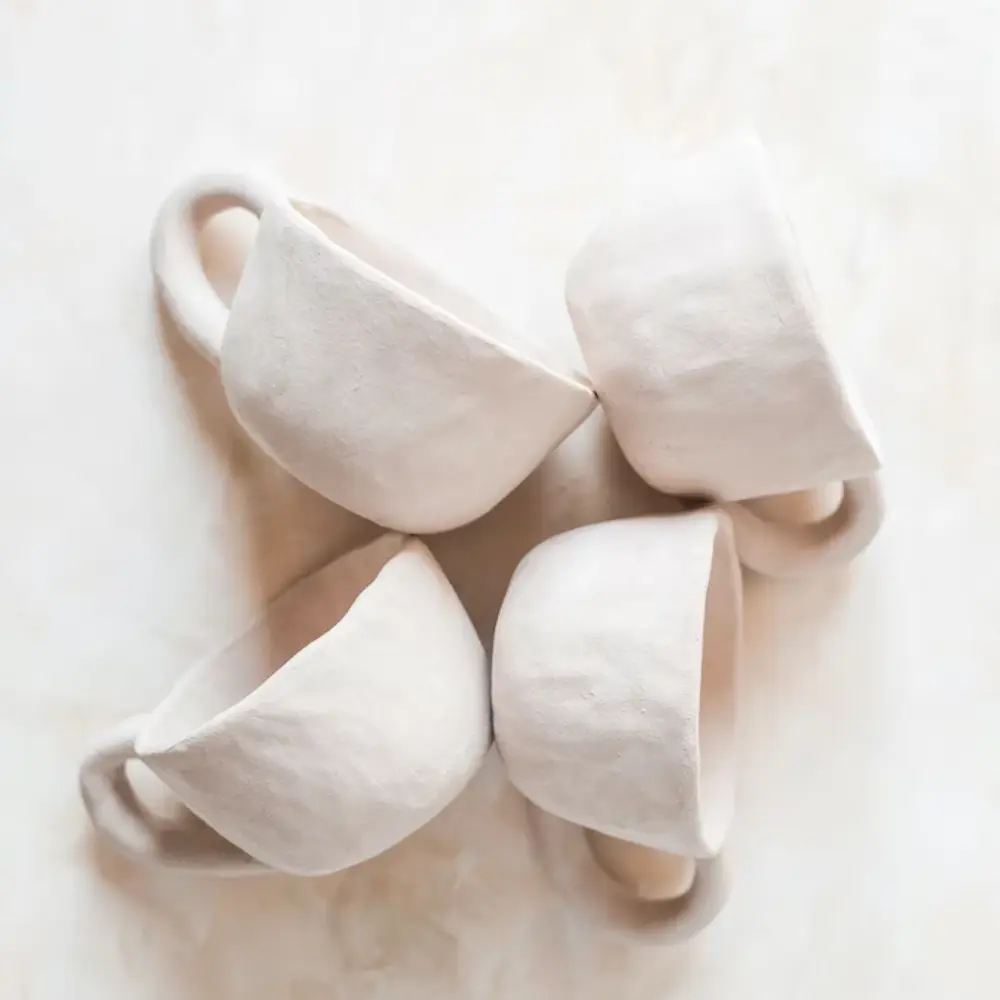
Designs have evolved from the classic and ornate to sleek and modern, reflecting the ever-changing tastes and preferences of coffee drinkers. Today, these cups can be found in a wide range of designs, from minimalist and contemporary to vintage and collectible. This variety ensures that there is a perfect cup for every coffee lover, allowing them to enjoy their favorite beverage with elegance and style.
Demitasse Cups vs. Espresso Cups: Are they the same?
Demitasse cups and espresso cups are often used interchangeably, and for good reason—they are, in fact, the same thing. Both terms refer to small, typically 2 to 3-ounce cups specifically designed for serving strong, concentrated coffee beverages like espresso.
Espresso cups, on the other hand, are named directly after the beverage they are meant to hold. Though the terms may differ, they both describe the same type of cup that is intended for serving and enjoying small, potent coffee drinks. Whether you call them demitasse cups or espresso cups, they serve the same purpose and contribute to an elegant and refined coffee experience.
Different Types of Demitasse Cups
These distinctive cups come in various materials, each offering a unique aesthetic and experience for coffee enthusiasts. The choice of material can influence the cup’s heat retention, durability, and visual appeal. In this section, we will explore the most common types of demitasse espresso cups: porcelain, ceramic, glass, and metal.
Porcelain Demitasse Cups: Classic and Timeless
Porcelain demitasse cups are perhaps the most traditional and widely used type of espresso cups. Known for their elegant appearance and ability to retain heat, these cups are a popular choice among coffee connoisseurs. Porcelain is a type of ceramic made from fine clay and fired at high temperatures, resulting in a durable and non-porous material. (2)

Porcelain cups often feature intricate patterns, designs, and even gold or silver accents, showcasing the craftsmanship and artistic skill of their makers. This makes them an excellent option for those seeking a refined and sophisticated coffee experience. However, due to their delicate nature, they require gentle handling and care to avoid chipping or breakage.
Ceramic Demitasse Cups: A Blend of Style and Functionality
Ceramic demitasse cups have become quite the fashionable pick among coffee connoisseurs owing to their robustness, retention of heat, and adaptability in design. These cups are typically crafted from stoneware, earthenware, or porcelain, with the latter being the most refined and delicate option, thereby adding to their allure. Ceramic demitasse cups come in a wide-ranging array of styles, colors, and patterns, making them ideal for any setting, ranging from informal gatherings to more formal occasions.
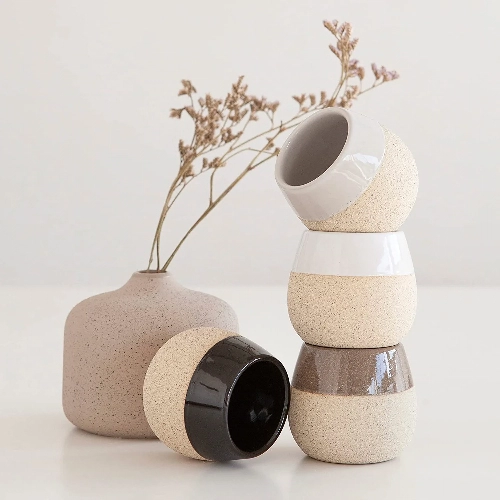
The cups crafted from ceramic material offer excellent heat retention, thus ensuring that your espresso or Turkish coffee stays warm and delicious, even as you relish it. Moreover, their thicker walls offer excellent insulation, protecting your delicate hands from the heat. When selecting the perfect ceramic demitasse cup, it is important to take into account various factors, such as the material of the cup, the level of craftsmanship that has gone into making it, as well as the overall aesthetics that suit your individual needs and preferences.
Glass Demitasse Espresso Cups: A Modern and Sleek Alternative
For those seeking a contemporary twist on the classic demitasse cup, glass cups offer a sleek and modern option. These cups are made from heat-resistant borosilicate glass or tempered glass, allowing the espresso’s visual appeal to shine through. With their transparency, coffee lovers can admire the rich crema and layers of the brew in all its glory.

Glass demitasse cups come in a range of shapes and styles, from minimalist and understated designs to more ornate and decorative options. They are also dishwasher safe, making them a convenient choice for everyday use. However, it is important to note that glass cups may not retain heat as well as porcelain cups, so preheating is essential before pouring your espresso to ensure the optimal temperature.
Metal Demitasse Espresso Cups: Striking and Durable
If you’re looking for a cup that exudes sturdiness and durability, metal cups may be just what you’re after. Typically crafted from stainless steel or copper, these cups offer excellent heat retention, ensuring your espresso stays hot for longer. The weight and sturdiness of metal cups can also add a tactile dimension to your coffee-drinking experience.
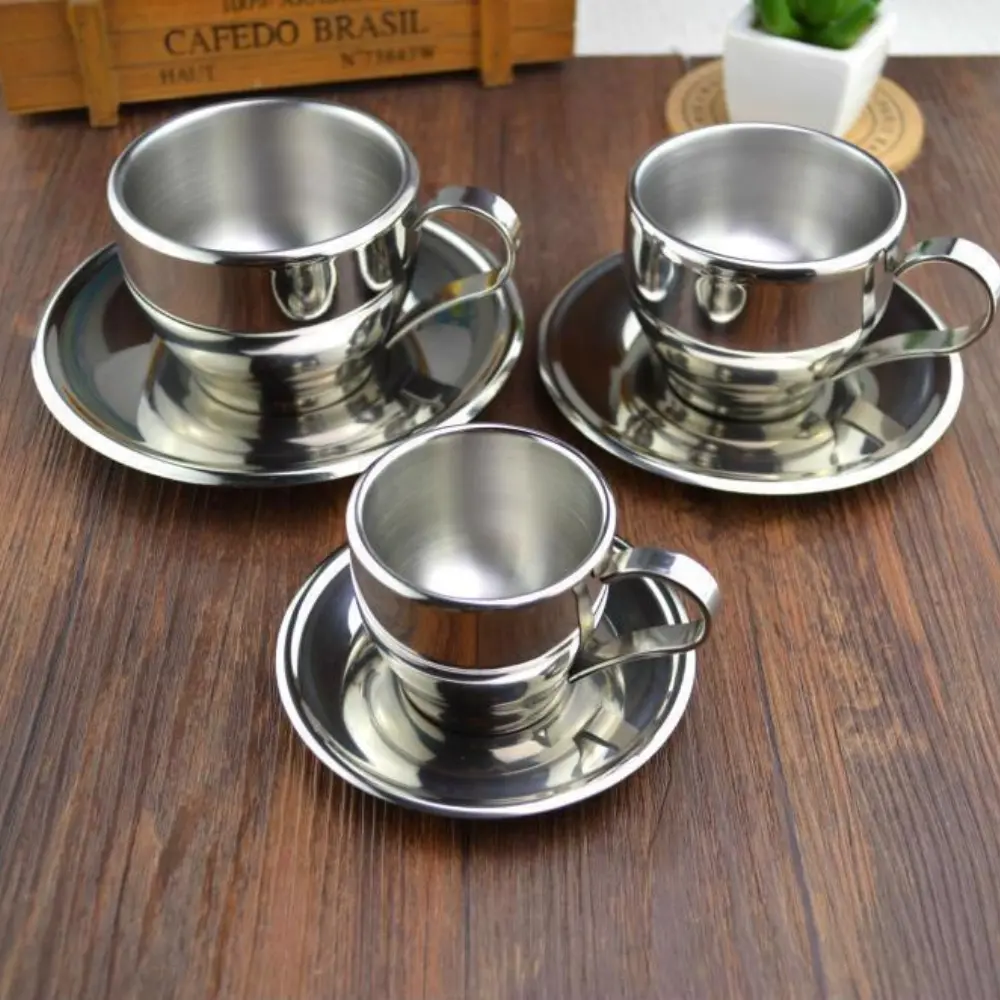
Metal demitasse espresso cups can be found in both traditional and modern designs, with brushed or polished finishes that add a touch of sophistication to your coffee routine. However, it’s important to note that metal cups may impart a slight metallic taste to your espresso, which may not be to everyone’s liking. Additionally, they require regular polishing to maintain their luster and prevent tarnishing.
How to Choose the Perfect Demitasse Cup for You
Selecting the ideal demitasse cup, or espresso cup, can significantly enhance your coffee experience. The perfect cup should not only be visually appealing but also functional and well-suited to your personal preferences. In this section, we will guide you through the process of choosing the right demitasse espresso cup by considering its quality, size, shape, and style.
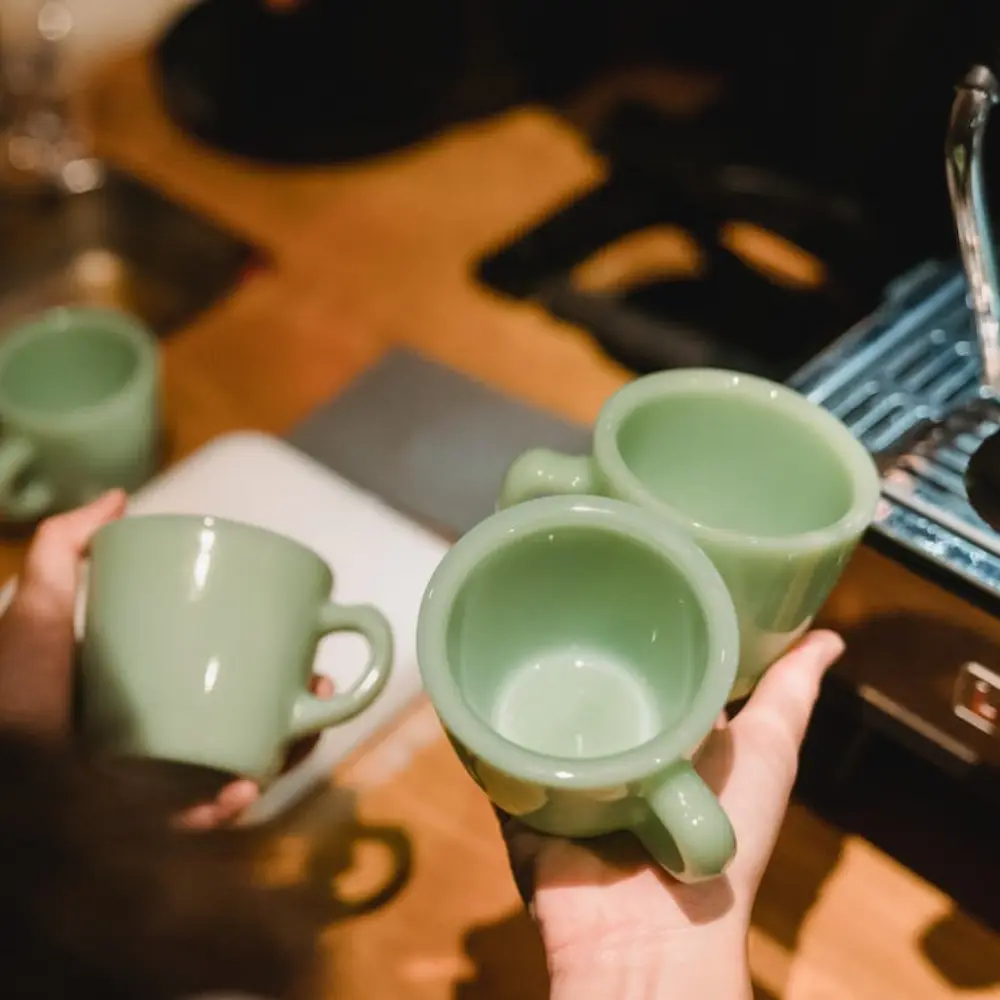
Assessing the Quality of a Demitasse Cup
The quality of a demitasse cup plays a crucial role in determining its heat retention, durability, and overall performance. When evaluating the quality of a cup, consider the following factors:
- Material: As discussed earlier, these cups can be made from porcelain, glass, or metal. Each material has its unique properties and benefits, so choose one that aligns with your preferences and needs.
- Thickness: A thicker cup is generally better at retaining heat and maintaining the ideal temperature of your espresso. However, some people may prefer a thinner cup for a more delicate and refined feel.
- Weight: The weight of a demitasse cup can affect its stability and comfort in your hand. Choose a cup with a weight that feels comfortable and well-balanced.
- Craftsmanship: High-quality cups often feature fine detailing, smooth surfaces, and even glazing. Inspect the cup closely for any imperfections or inconsistencies, as they may affect its performance and durability.
Picking the Right Size and Shape

The size and shape of a demitasse cup can influence your espresso experience in several ways, including the aroma, temperature, and mouthfeel of the coffee. Here are some factors to consider:
- Volume: A standard demitasse espresso cup typically holds 2 to 3 ounces of liquid, ideal for a single shot of espresso. However, larger cups are available for those who prefer double shots or additional room for milk-based beverages.
- Shape: Some espresso cups feature a tapered design, which helps concentrate the aroma of the coffee and create a richer sensory experience. Other cups may have a wider, more open shape, allowing the espresso to cool down more quickly.
- Rim: The thickness and shape of a cup’s rim can affect how the coffee flows into your mouth, impacting its taste and mouthfeel. A thinner rim allows for a smoother flow, while a flared rim can help direct the coffee to specific areas of your palate.
Finding Your Style: From Classic to Modern Designs
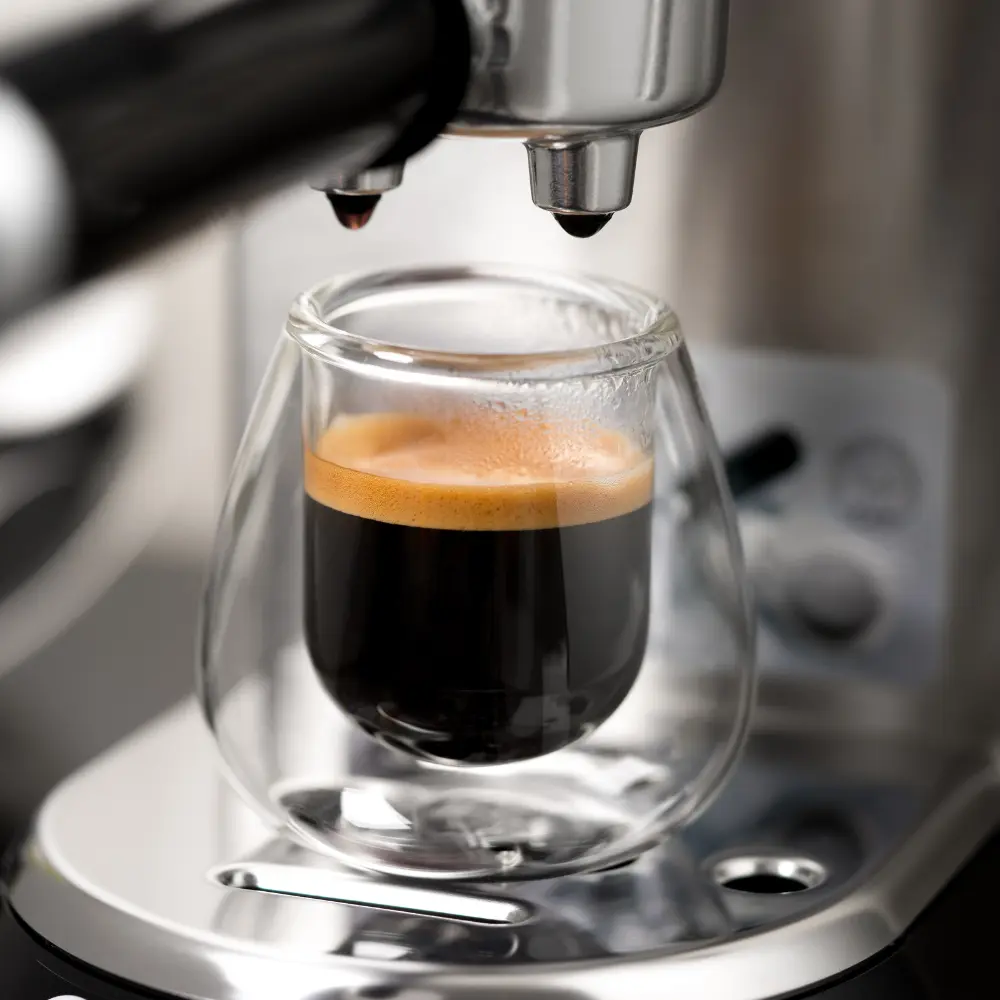
Your demitasse espresso cup should also reflect your personal style and preferences. With a wide variety of designs available, from classic and ornate to minimalist and modern, there is a perfect espresso cup for everyone. When selecting a cup, consider the following aspects:
- Aesthetics: Choose a design that appeals to you visually and complements your existing tableware or coffee setup.
- Functionality: Some cups may prioritize form over function, with elaborate designs that may not be as practical for everyday use. Consider whether you prefer a cup that is both beautiful and functional or one that serves primarily as a decorative piece.
- Personalization: Some espresso cup manufacturers offer custom designs, allowing you to create a unique and personalized cup to suit your taste.
The Art of Using Demitasse Cups
Espresso cups are more than just vessels for holding your favorite coffee concoctions. They are a crucial part of the coffee experience, embodying the elegance, refinement, and ritual associated with espresso and Turkish coffee. In this section, we will delve into the art of using these cups, from serving techniques to pairing them with accessories and observing proper etiquette.

Serving Espresso and Turkish Coffee
When it comes to serving espresso or Turkish coffee, there are a few key points to keep in mind:
- Preheat the cup: Before pouring your espresso, warm the demitasse cup by rinsing it with hot water or placing it on top of your espresso machine’s warming plate. This helps maintain the optimal temperature of your coffee.
- Pour with precision: When serving espresso, pour the shot directly into the center of the cup, ensuring that the rich crema remains intact. For Turkish coffee, carefully pour the coffee into the cup to avoid disturbing the grounds at the bottom.
- Serve promptly: Espresso and Turkish coffee are best enjoyed immediately after brewing, so serve the cups without delay to ensure that your guests can savor the full flavor and aroma of their coffee.
Pairing Demitasse Cups with Saucers and Accessories
To elevate your espresso experience, consider pairing your cups with complementary saucers and accessories:
- Saucers: A matching saucer not only adds visual appeal but also provides a stable base for your demitasse cup and a convenient spot for a spoon or a small treat.
- Spoons: Include a small demitasse spoon, ideally one that matches or complements your cup and saucer, for stirring sugar or milk into the coffee.
- Napkins: Provide a small linen or paper napkin alongside your demitasse cup to allow guests to dab their lips or clean their fingers if needed.
- Treats: Elevate the coffee experience by offering a small sweet treat, such as chocolate, biscotti, or Turkish delight, to enjoy alongside the espresso or Turkish coffee.
Proper Etiquette When Using Demitasse Cups
Observing proper etiquette while using espresso cups not only enhances your coffee experience but also demonstrates your appreciation for the coffee culture:
- Hold the cup correctly: Grasp the handle of the demitasse cup with your thumb and index finger, while supporting the base of the cup with your remaining fingers. Avoid holding the cup by its rim or bowl, as this can transfer heat from your hand to the coffee.
- Sip, don’t gulp: Espresso and Turkish coffee are meant to be savored slowly, allowing you to appreciate their complex flavors and aromas. Take small, measured sips rather than large gulps.
- Stir gently: If you need to mix sugar or milk into your coffee, use the demitasse spoon to stir gently, taking care not to make any noise or splash the coffee onto the saucer.
- Mind your manners: When you have finished your coffee, place the demitasse spoon on the saucer and set the cup down gently. Refrain from making any noise with your cup, spoon, or saucer, as this can be seen as impolite.
By mastering the art of using these cups, you can fully immerse yourself in the world of espresso and Turkish coffee, creating an elegant and memorable coffee experience for yourself and your guests.
Did You Know? In the traditional art of Turkish coffee fortune-telling, demitasse cups are commonly used. These small, ornate cups create distinct patterns with the leftover coffee grounds, which fortune tellers interpret to predict one’s future!
Caring for and Collecting Demitasse Cups
Demitasse cups, or espresso cups, can be both functional and collectible items, with some enthusiasts building extensive collections of these miniature coffee vessels. To ensure that your cups remain in excellent condition and to start or expand your collection, follow these guidelines for cleaning, maintenance, and collecting.

Cleaning and Maintenance Tips
Proper care and maintenance are essential for preserving the beauty and functionality of your cups. Keep these tips in mind to keep your cups in top condition:
- Handwashing: While some modern demitasse cups may be dishwasher-safe, it’s generally recommended to wash your cups by hand, especially if they are made of delicate materials like porcelain or feature intricate designs. Use warm water, mild detergent, and a soft cloth or sponge to clean the cups gently.
- Drying: After washing, carefully dry your cups with a soft, lint-free cloth to prevent water spots or streaks.
- Storing: Store your cups in a cool, dry place away from direct sunlight, which can cause fading or discoloration. If you have a collection of cups, consider displaying them in a cabinet with glass doors for added protection and visibility.
- Polishing: For metal cups, regular polishing is necessary to maintain their shine and prevent tarnishing. Use a metal polish designed for the specific material (e.g., stainless steel or copper) and follow the manufacturer’s instructions.
Starting Your Demitasse Cup Collection
If you’re interested in starting a demitasse cup collection, there are several tips that can make the process more enjoyable and rewarding:
- Establish a focus: Decide on a theme or focus for your collection, such as cups from a specific period, country, or designer. This will give your collection a cohesive look and make it easier to source new pieces.
- Research: Familiarize yourself with the history, makers, and styles of cups within your chosen focus to become a knowledgeable collector.
- Networking: Connect with other collectors, join online forums, or attend antique shows and flea markets to find unique and rare pieces.
- Quality over quantity: Prioritize collecting high-quality cups in excellent condition rather than amassing a large number of lower-quality items.
- Display and storage: Invest in proper display and storage solutions to protect and showcase your collection, such as a glass-fronted cabinet or custom shelving.
The Most Sought-After Demitasse Cups for Collectors
Some cups are highly sought after by collectors due to their rarity, craftsmanship, or historical significance. Some examples include:
- Antique European porcelain cups: Cups from renowned European porcelain manufacturers like Meissen, Limoges, or Royal Copenhagen often fetch high prices due to their exquisite craftsmanship and intricate designs.
- Art Deco and Mid-Century Modern cups: Demitasse cups from the Art Deco and Mid-Century Modern periods are popular among collectors for their bold, geometric designs and vibrant colors.
- Designer collaborations: cups featuring designs by famous artists or designers, such as Salvador Dalí, are prized for their unique aesthetic and cultural significance.
- Limited editions and rare sets: Limited edition cups or rare sets from prestigious manufacturers can be highly sought after by collectors.
As you care for and grow your demitasse cup collection, you’ll develop a deeper appreciation for the artistry and history behind these miniature coffee vessels, enhancing your overall coffee experience.
Conclusion
In conclusion, understanding what a demitasse cup is and exploring the world of these miniature coffee vessels can enhance your appreciation for the elegance and ritual of coffee culture. From their fascinating history and diverse designs to their practical uses and etiquette, demitasse cups, or espresso cups, are an integral part of the coffee experience. Whether you’re a coffee connoisseur, a collector, or simply someone who enjoys a finely crafted cup, delving into the world of these cups will undoubtedly enrich your understanding and enjoyment of coffee’s finer nuances.
FAQ
How do I choose the right demitasse cup for my needs?
To choose the right demitasse cup, consider its quality, size, shape, and style, as well as your personal preferences and intended use.
Can I use demitasse cups for beverages other than espresso or Turkish coffee?
Yes, These cups can be used for other small servings of beverages like cortados, macchiatos, or even for serving dessert or liquor, but they are primarily designed for espresso and Turkish coffee.
How do I clean and care for my demitasse cups?
Clean your cups by hand using warm water, mild detergent, and a soft cloth, then dry them carefully with a lint-free cloth. Store them in a cool, dry place away from direct sunlight.
hat are some famous demitasse cup brands and designers?
Some renowned demitasse cup brands and designers include Meissen, Limoges, Royal Copenhagen, and designer collaborations with artists like Salvador Dalí.



















